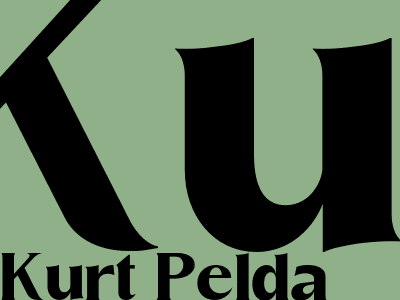The Ultimate SEO Guide for Blogger: Level Up Your Blog's Ranking
Introduction: Unlocking the Power of SEO for Your Blogger Blog
In today's digital landscape, where competition for online visibility is fiercer than ever, search engine optimization (SEO) has become an indispensable tool for bloggers seeking to reach their target audience and dominate search engine results pages (SERPs). This comprehensive guide will empower you with the knowledge and strategies to optimize your Blogger blog for search engines, unlocking its full potential and skyrocketing your blog's visibility.
Chapter 1: Laying the Foundation for SEO Success
1.1 Keyword Research: The Cornerstone of SEO
Keyword research is the process of identifying words and phrases that people use to search for information related to your blog's niche. By incorporating these keywords into your content, you improve your chances of appearing in relevant search results. Use tools like Google Keyword Planner or SEMrush to discover high-volume, low-competition keywords that align with your target audience's needs.
1.2 Content Optimization: Creating Valuable and Engaging Content
High-quality content is the lifeblood of any successful SEO strategy. Craft content that provides value to your readers, addressing their pain points, offering solutions, and establishing your blog as a trusted resource in your industry. Remember, search engines favor blogs that offer unique, informative, and engaging content that resonates with their users.
1.3 Internal Linking: Building a Cohesive Website Architecture
Internal linking plays a crucial role in helping search engines understand the structure and hierarchy of your blog. By interlinking related posts and pages within your blog, you create a network of interconnected content that helps distribute link equity and improves the overall SEO performance of your blog.
Chapter 2: Mastering On-Page SEO Techniques
2.1 Headline Optimization: Crafting Compelling Titles and Meta Descriptions
Headlines and meta descriptions are the first impression your blog makes on search engines and potential readers. Craft headlines that accurately reflect your content's main topic and incorporate relevant keywords. Write meta descriptions that provide a concise and compelling summary of your post, enticing users to click through to your blog.
2.2 Image Optimization: Making Your Visuals SEO-Friendly
Images can significantly enhance your blog's visual appeal, but they can also impact your SEO. Optimize your images by using descriptive filenames, alt tags, and titles that include relevant keywords. Additionally, compress your images to reduce their file size, improving your blog's loading speed and overall user experience.
2.3 URL Optimization: Creating Clean and Informative URLs
Your blog's URLs should be concise, descriptive, and keyword-rich. Avoid using long, complex URLs that are difficult to read and understand. Instead, opt for short, user-friendly URLs that provide a clear indication of the content's topic.
Chapter 3: Leveraging Technical SEO Factors
3.1 Mobile Responsiveness: Ensuring a Seamless User Experience
With the majority of internet traffic now coming from mobile devices, it's crucial to ensure that your blog is mobile-responsive. Google prioritizes mobile-friendly websites in search results, so make sure your blog adjusts seamlessly to different screen sizes, providing an optimal user experience for all visitors.
3.2 Page Speed Optimization: Improving Website Performance
Page speed is a critical ranking factor that directly impacts user engagement. A slow-loading website can lead to high bounce rates and reduced traffic. Implement best practices for page speed optimization, such as using a content delivery network (CDN), optimizing images, and minifying code, to ensure your blog loads quickly and smoothly.
3.3 Site Security: Establishing Trust and Safety
Ensure your blog is secure by obtaining an SSL certificate, which encrypts data transferred between your blog and visitors' browsers. This establishes trust, protects sensitive information, and positively impacts your SEO rankings.

Comments